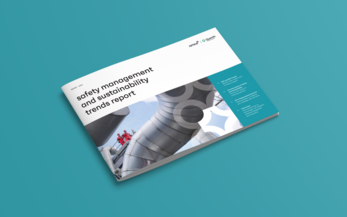6 minutes04/01/2025
A successful safety culture is all about helping people navigate risk and uncertainty effectively. In fact, more companies today realize it should be the heart of the business itself.
But what does that entail? How do they bring it into practice?
Safety enables better operational performance and is not a separate business function. Companies can engage front-line workers in decision-making, since those closest to the work often provide the best insights. The key to a robust and complete safety culture is fostering psychological safety so employees feel empowered to raise concerns. In this way, safety conversations become more dynamic and ongoing.




